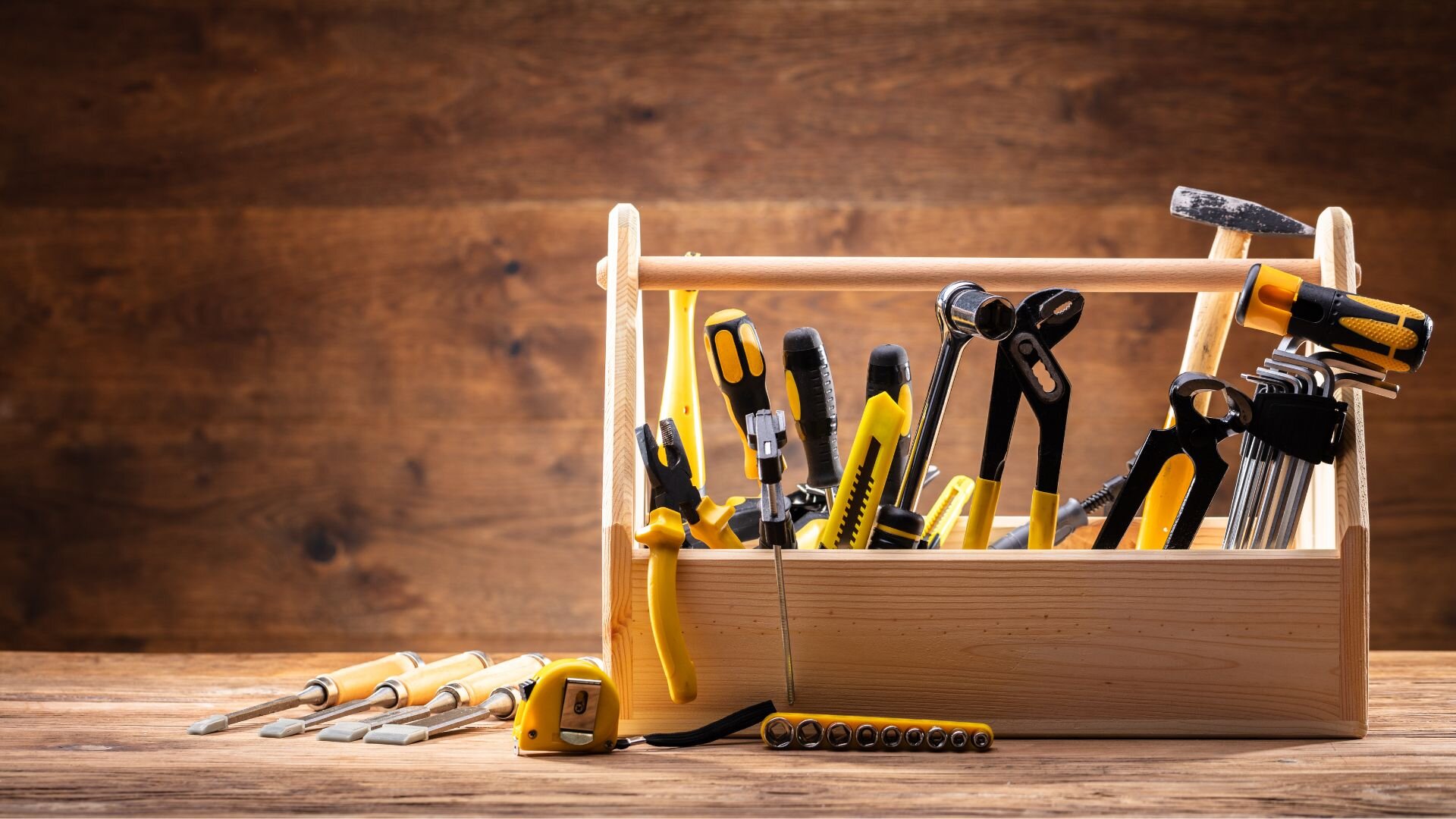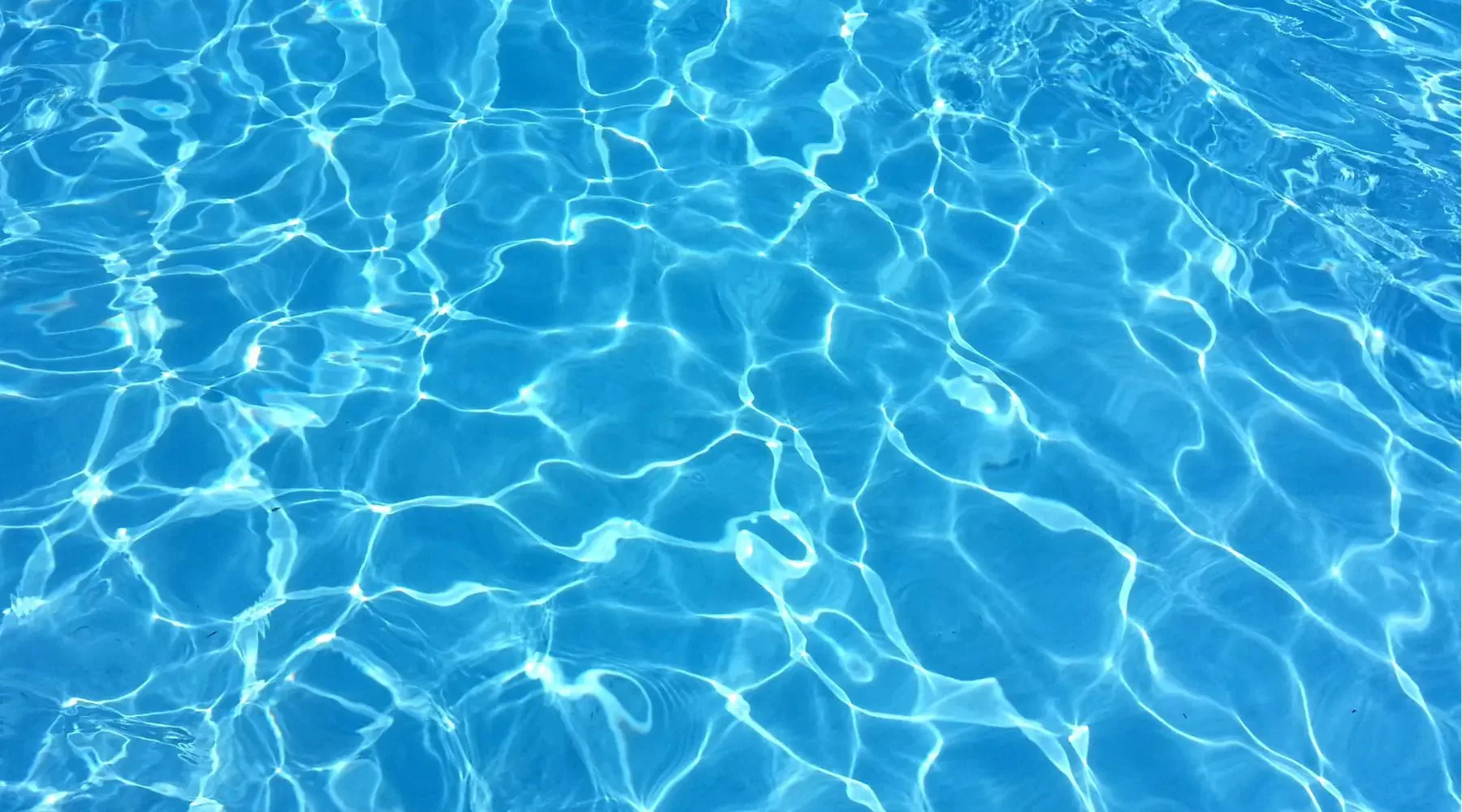Over the past weekend, I came to the conclusion that I’ve bitten off more than I can chew with my swimming pool repair project this year.
The moment of enlightenment came on Saturday, when I spent most of the day working on the pool. It occurred to me that to effectively re-bed my loose coping stones, I’m going to need to grind a lot more mortar off the bond beam than I was originally planning. Otherwise, the stones are either going to be uneven, or they’re going to sit up too high. Grinding the beam down is going to require a power tool such as an electric or pneumatic chipping hammer. And, it’ll make enough of a mess that I think the pool will need to be drained. And, that means it’s not happening this year.
So, I’ve elected to put off the major repairs until spring (probably late April or early May). This summer, I’ll make repairs to the deck and caulk the expansion joint in the areas where the coping is sound. I should be able to finish that up over the next couple of weekends. Then when I close the pool, I’ll tarp the areas where the coping is off. Then I’ll drain the pool next April around the same time I would normally start up the equipment.
This past weekend, I got most of the expansion joint cleaned and filled it with foam backer rod. I learned something about backer rod in the process: After about 24 hours in the joint, it “settles” lengthwise. My butt joints now have about 1/2″ of space between them. No problem, I can fill them with little bits of backer rod. But, I’m glad I didn’t caulk right away.
With the pool empty next spring, I’ll have the opportunity to do some maintenance, such as..
- Touch-up areas of loose or peeling paint
- Inspect and re-caulk around light niches, return jets, main drain, etc.
- Inspect and repair a return jet that appears to have a threadded sleeve stuck in it
- Patch skimmers where necessary
- Inspect shell cracks and re-putty where necessary
- Install an overflow line (maybe)
- And of course, repair the coping stones and tile in the deep end
Hopefully after that, I’ll be good for another 5 years.
I love pool ownership. Really, I do.


